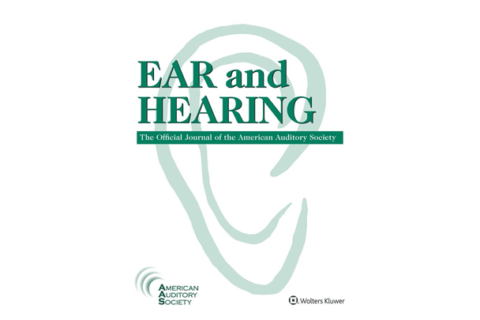
Utility Measures of Health-Related Quality of Life in Patients Treated for Benign Paroxysmal Positional Vertigo
Published on: March 30, 2009
-
Ear Hear. 2009 Mar 30.
-
Utility Measures of Health-Related Quality of Life in Patients Treated for Benign Paroxysmal Positional Vertigo.
1Alabama Hearing and Balance Associates, Foley, Alabama; 2Bay Pines VA Healthcare System, Bay Pines, Florida; 3West Texas Rehabilitation Center, Abilene, Texas; 4Department of Communication Sciences and Disorders, University of South Florida, Tampa, Florida; and 5The American Institute of Balance, Seminole, Florida.
OBJECTIVES:: Comparing the effects of different disorders and interventions on health-related quality of life (HRQoL) is important for healthcare policy and accountability. There are two basic approaches to measure HRQoL: questionnaires derived from psychometrics and preference-based measures or utilities derived from econometrics. While disease-specific HRQoL questionnaires, such as the Dizziness Handicap Inventory (DHI), are important because they focus on the impact of a specific problem and its treatments (i.e., vestibular disorders), economic comparisons of the impacts of diseases/disorders and their treatments are typically based on utility assessment. The utility measures for audiology application (UMAA) were developed to measure utilities for various audiologic conditions using a standard computer. The purpose of this study was to determine if the UMAA provides stable, valid, and sensitive utility measures of the effects of benign paroxysmal positional vertigo (BPPV) and its treatment on HRQoL. It was hypothesized that utilities, as measured by the UMAA, would indicate improvement in HRQoL post-treatment for BPPV comparable to a disease-specific health status measure (DHI). DESIGN:: The UMAA incorporates three techniques to measure utility: rating scale, standard gamble, and time tradeoff. A utility is a cardinal measure of strength of preference and is measured on a continuum basis from 0.0 (incapacitating dizziness) to 1.0 (no dizziness). Fifty-two adults with BPPV of the posterior semicircular canal completed the UMAA and DHI before treatment and again post-treatment. A subgroup of 15 participants completed the UMAA on two occasions before treatment to assess test-retest stability and to establish critical difference values. RESULTS:: Results from this investigation demonstrate that utilities as measured through the UMAA are stable, valid, and comparable to the DHI. Post-treatment utilities were also significantly higher than pretreatment utilities, indicating that the utilities, as measured through the UMAA, are sensitive to improvement in HRQoL after BPPV treatment. CONCLUSIONS:: Utilities as measured through the UMAA seem sensitive to changes in HRQoL after treatment of BPPV. Since the UMAA can be used to measure patient preference (i.e., utility), it may be useful for comparison of specific audiologic conditions, such as BPPV, to nonaudiologic conditions, such as cardiovascular disease and kidney disease.